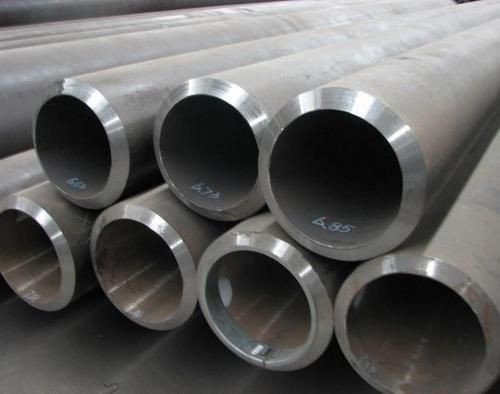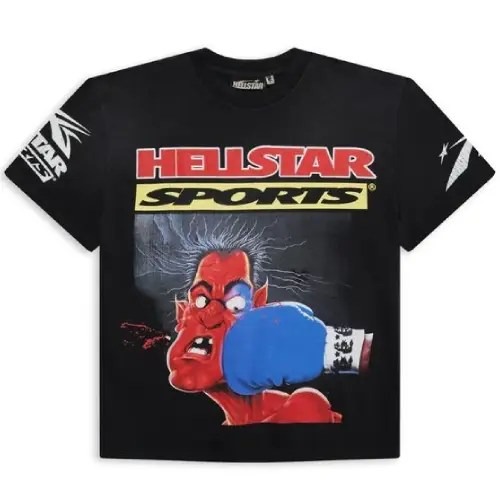Pipes are the main component of many industries. Irrespective of their feature, pipes play an important role in many industries. The list includes construction, oil and gas, and liquid transportation. Electrical resistance welded (ERW) pipes and seamless pipes are two popular types. Each pipe can be recognized because of its peculiar characteristics, advantages, and applications. That’s why it becomes important to know the details. This article elaborates on the main differences between ERW and seamless pipe, considering manufacturing processes, strength, application, and costs.
Manufacturing process
The process involved in manufacturing ERW and seamless pipes will determine the difference between them. ERW pipes are manufactured from steel coils. These exist in coils. These coils are uncoiled and then converted into a cylindrical shape. Edges of the coil are welded together to create electrical resistance welded pipes. The welding process of the pipe makes a strong bond along its seams. The tube is heat-treated to improve its overall strength. The heat treatment also removes any residual stresses from the welding process.
Seamless pipes are made without any welding process. Solid round steel pieces are available in the market. These pieces are used to create seamless pipes. This process also involves heating. This heating process makes the billet malleable, which is then perforated to create a hollow tube. The hollow tube is then stretched to get the required size. Seamless pipes are often considered stronger. They are more uniform compared to ERW pipes. There is no heat involved in this process.
Strength and Reliability:
Seamless pipes are generally stronger than ERW pipes. This is because there is no heat involved in the manufacturing process. Seamless pipes are produced or manufactured without welding. Welding is a weak point in ERW pipes. Because there is no welding process, seamless pipes are best suited for high-pressure applications and environments. The pipe can bear harsh conditions. Therefore, industries that deal with specific materials such as high-pressure liquids and gasses. These industries prefer seamless pipes because they provide more reliability.
ERW pipes are also strong. They contain a welded joint. So they can be vulnerable under certain conditions. However, welding techniques are also improved. Modern welding techniques have greatly improved the quality of ERW pipes. The strength of the welded seam is also stronger. They are comparable to the rest of the pipes. This makes ERW pipes a reliable choice for many applications. For low to medium-pressure applications, ERW tubing is often sufficient. They provide a more cost-effective solution. You can visit the official website of UNIASEN to learn about the different features of ERW and seamless pipes.
Cost considerations:
ERW pipes are low-cost as compared to seamless pipes. This is one of the most notable benefits in today’s world. The manufacturing process of ERW pipes is easy. This process requires few resources. One of the main reasons for their low price in the market is the availability of raw materials. The raw materials needed to produce ERW tubes are easily available in the local market. These are very helpful for low-budget projects. ERW tubes are a good choice.
Seamless pipes are high-quality pipes. Their manufacturing processes are expensive. Therefore, seamless pipes are generally more expensive. The seamless pipes involve a few additional steps in the manufacturing process. That is why it results in a cost increase as compared to ERW pipes. These processes involve heating. Billet piercing is also an important process. However, when strength resistance to high pressure and reliability is required, the high cost of seamless pipe is justified. It becomes a better choice.
Applications:
ERW pipes and seamless pipes are very useful. The choice among these two pipes depends on the application. Seamless pipes can bear high temperatures and pressure, and harsh environments. They are used in multiple industries. For example, seamless pipes are used to transport oil and gas under high pressure. They are also used in power plants, chemical processing facilities, and industries where piping integrity is critical.
ERW pipes are considered weak as compared to seamless pipes. They are also widely used in multiple projects. For example, they are used in transporting water infrastructure projects and fluid transport projects where the pressure is lower. They are widely used in the automotive industry, especially in the production of exhaust systems in chassis vehicles. The relatively low cost of ERW pipes makes them a good choice for local industry. ERW pipes are helpful for large-scale projects where the demand for pipes is not severe.
Surface finish and tolerance:
The seamless tubes have a better finished quality. These pipe surfaces are smooth compared to ERW tubes. This is because of the specific manufacturing process used to create seamless pipes. The surface is free from all kinds of defects. This makes seamless pipes suitable for applications that require high-quality service. Such as in precision engineering or when the pipe is exposed.
ERW pipes have a welded connection. Many improvements have been made to ERW tubes due to advances in welding technology. For many applications, the surface finish of ERW pipes is suitable. When using pipes for internal purposes or in an environment where appearance is not critical.
Conclusion:
Thus both of ERW and seamless pipes have many advantages and are suitable for different applications. Seamless tubes provide higher strength reliability and a smoother surface. This makes it ideal for high-pressure and high-temperature applications. However, it is very expensive. While ERW pipes provide a cost-effective solution for applications where environmental and pressure requirements are lower. The choice between the two finish tubes should be made according to the specific requirements of the product including factors such as the pressure generated and the importance of the surface finish.
Keep an eye for more news & updates on Internal Insider!










